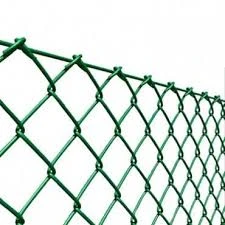Understanding Wild Hog Foot Snares A Tool for Wildlife Management
In the realm of wildlife management, particularly in areas where wild hog populations have surged, innovative solutions are imperative to balance ecosystem integrity and agricultural interests. One such tool that is gaining traction among wildlife managers and conservationists is the wild hog foot snare. This method of capturing wild hogs has sparked discussions surrounding its effectiveness, ethics, and overall impact on wildlife management strategies.
What is a Wild Hog Foot Snare?
A wild hog foot snare is a trapping device specifically designed to capture wild hogs (Sus scrofa) with minimal harm. Unlike traditional traps, which can be cumbersome and lead to unintended captures of non-target species, foot snares are designed to ensnare an animal’s leg gently. The structure typically consists of a loop made of sturdy wire and a triggering mechanism that activates when the hog steps into the snare. The goal is to immobilize the animal without causing significant injury, allowing for easy relocation or population management.
Benefits of Using Foot Snares
1. Targeted Capture Foot snares are effective as they target specific species without capturing non-target animals. This precision helps protect other wildlife, including endangered species, from unintended harm.
2. Humane Approach The design of foot snares aims to minimize injury. Unlike lethal traps, snares provide a non-lethal alternative to managing hog populations, which is essential for those advocating for humane wildlife management practices.
wild hog foot snares

3. Ease of Use Foot snares are relatively easy to set up and require less physical space than other trapping methods. This makes them suitable for areas where wild hogs frequently roam, such as agricultural lands and forest edges.
4. Cost-Effective Constructed from affordable materials, snares can be an economical option for landowners and wildlife management authorities compared to more complex trapping systems.
Ethical Considerations
While foot snares offer several advantages, there are ethical concerns to address. Critics argue that even with humane intentions, the capture and subsequent handling of wild hogs can lead to stress and potential injury. Proper training on snare use and animal handling is critical to mitigate these concerns. Wildlife managers must ensure they follow regulations and guidelines to ensure that their use of foot snares aligns with ethical wildlife management practices.
Conclusion
The discussions surrounding wild hog foot snares highlight a critical aspect of wildlife management finding the right balance between human interests and the welfare of animal populations. As wild boar populations continue to expand across various landscapes, tools like foot snares are proving crucial in efforts to control these invasive species. By implementing humane and effective trapping methods, wildlife managers can work towards restoring ecological balance while safeguarding agricultural interests.
Ultimately, continued research and dialogue about the use of such tools will be necessary to understand their long-term impacts and ensure that they contribute positively to wildlife management objectives. The conversation about wild hog foot snares is an ongoing one, reflecting broader themes within conservation, ethics, and the stewardship of natural resources.
















